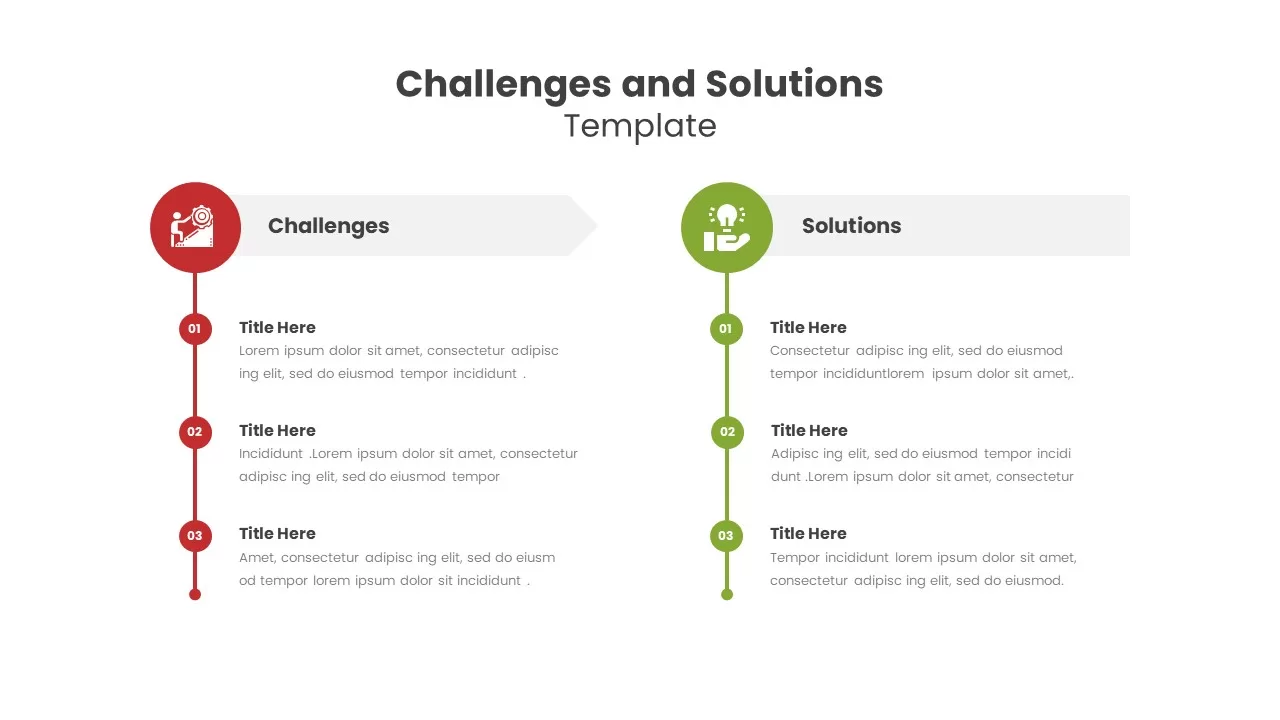In today's dynamic business environment, temporary replacement strategies have emerged as indispensable tools for organizations and individuals. Whether it involves covering for an employee on leave, addressing unexpected operational gaps, or managing unforeseen challenges, short-term solutions can be transformative. However, successfully navigating the intricacies of temporary replacements demands meticulous planning, strategic foresight, and a thorough comprehension of the associated risks and opportunities.
Temporary replacement strategies go far beyond merely finding quick fixes. They are essential for ensuring operational continuity, maintaining productivity, and safeguarding long-term organizational goals. This article delves into the nuances of short-term solutions, exploring their advantages, challenges, best practices, and actionable tips for effective implementation.
By the conclusion of this article, you will possess a holistic understanding of how to effectively tackle the complexities of temporary replacement solutions. Whether you're a business owner, an HR professional, or an individual seeking temporary employment, this guide will equip you with valuable insights to facilitate informed decision-making.
Read also:Ebony Rittenhouse The Rising Star You Need To Know About
Table of Contents
- Understanding Temporary Replacement
- Benefits of Short-Term Solutions
- Common Challenges in Temporary Replacement
- Types of Temporary Replacements
- Choosing the Right Temporary Solution
- Implementing Temporary Replacements
- Managing the Transition
- Best Practices for Temporary Replacement
- Case Studies: Real-World Examples
- Conclusion and Actionable Tips
Exploring the Concept of Temporary Replacement
Temporary replacement involves the strategic process of filling a position or role on a short-term basis. This can encompass hiring contract workers, engaging freelancers, or promoting internal staff to temporarily cover gaps. While the concept has existed for years, its significance has surged in recent times due to the growing demand for workplace flexibility and adaptability.
Why Temporary Replacement is Essential
Temporary replacement plays a pivotal role in sustaining business operations during periods of employee absence. Whether due to illness, vacation, or other reasons, the absence of key personnel can disrupt workflows and hinder productivity. Temporary replacements serve as a bridge, ensuring that critical tasks are completed seamlessly and without delay.
Key Considerations for Successful Temporary Replacement
- Identifying the ideal candidate with the right skills and experience.
- Ensuring alignment with the organizational culture and values.
- Setting clear expectations and defining measurable objectives.
The Advantages of Short-Term Solutions
Short-term solutions provide a multitude of benefits that make them an appealing choice for businesses of all sizes. Below are some of the most significant advantages:
- Cost-Effective: Temporary replacements often come at a lower cost compared to permanent hires, as they do not require benefits or long-term commitments.
- Flexibility: Businesses can effortlessly scale their workforce according to immediate needs, without being constrained by long-term obligations.
- Access to Specialized Skills: Temporary workers can bring specialized expertise that might not be readily available within the organization.
Addressing Challenges in Temporary Replacement
While temporary replacement solutions offer numerous benefits, they also present challenges that must be skillfully managed for success. Some of these challenges include:
Integration Challenges
Integrating temporary workers into an established team can be complex. Differences in work styles, communication preferences, and cultural fit may lead to friction if not carefully addressed.
Training and Onboarding Demands
Temporary replacements often require training and onboarding to perform their roles effectively. This can be resource-intensive, particularly for positions involving intricate tasks or specialized knowledge.
Read also:Exploring The World Of Gay Chubby Asian A Journey Of Acceptance Love And Pride
Potential Long-Term Consequences
Though designed for immediate needs, short-term solutions may inadvertently lead to long-term consequences. These could include dependency on external resources or disruptions to internal workflows if not managed thoughtfully.
Varieties of Temporary Replacements
Temporary replacements come in diverse forms, each tailored to specific needs and circumstances. Below are some of the most prevalent types:
Contract Workers
Contract workers are engaged for a specific duration to execute a defined set of tasks. They are especially useful for projects with clear start and end dates, providing businesses with the flexibility to address short-term demands effectively.
Freelancers
Freelancers offer unparalleled flexibility and expertise in niche areas. They are ideal for tasks requiring specialized skills or knowledge, enabling organizations to tap into external talent without long-term commitments.
Interns
Interns provide a cost-effective means to fill temporary gaps while offering valuable learning opportunities for young professionals. This arrangement benefits both the organization and the interns, fostering mutual growth and development.
Selecting the Optimal Temporary Solution
Choosing the right temporary replacement solution demands careful consideration of several critical factors:
Evaluating Organizational Needs
Begin by thoroughly assessing the specific needs of your organization. Identify the tasks that need to be completed, the required skills, and the duration of the replacement period.
Assessing Candidate Qualifications
Once you have a clear understanding of your requirements, focus on identifying candidates who possess the necessary skills, experience, and cultural fit. This may involve reviewing resumes, conducting interviews, and verifying references.
Assessing Cost and Return on Investment
Ultimately, evaluate the cost-effectiveness of each option. While temporary solutions can save money in the short term, it's crucial to weigh the potential long-term benefits and drawbacks to make an informed decision.
Executing Temporary Replacements Successfully
Implementing temporary replacements necessitates a structured approach to ensure success. Below are some essential steps:
Creating a Detailed Plan
Develop a comprehensive plan that outlines the scope of work, timelines, and expected outcomes. This plan will serve as a roadmap, guiding the implementation process and ensuring alignment among all stakeholders.
Providing Comprehensive Support
Temporary workers require adequate support to perform their roles effectively. This may include access to necessary resources, thorough training, and regular check-ins to address any issues that arise promptly.
Monitoring Progress Consistently
Regularly monitor the progress of temporary replacements to ensure they meet expectations. This proactive approach allows you to make necessary adjustments and address challenges before they escalate.
Facilitating a Smooth Transition
Managing the transition to temporary replacements is vital for maintaining productivity and team morale. Below are some strategies for ensuring a seamless transition:
Ensuring Clear Communication
Make certain that all team members are well-informed about the temporary replacement plan and understand their roles in the process. Transparent communication minimizes confusion and reduces resistance, fostering a collaborative environment.
Setting Clear Expectations
Establish clear expectations for both temporary workers and existing team members. This ensures that everyone is aligned and working toward shared objectives, enhancing overall productivity.
Encouraging Constructive Feedback
Promote open feedback from both temporary workers and permanent employees. This facilitates the identification of areas for improvement and nurtures a collaborative work culture, enhancing the overall effectiveness of the transition.
Best Practices for Enhancing Temporary Replacement Strategies
To maximize the effectiveness of temporary replacement solutions, consider adhering to the following best practices:
- Define clear objectives and success criteria to guide the process.
- Select candidates based on their skills, experience, and alignment with organizational culture.
- Provide comprehensive training and unwavering support to temporary workers.
- Regularly review the plan and make necessary adjustments to ensure alignment with evolving needs.
Case Studies: Real-World Applications
Examining real-world examples provides valuable insights into the efficacy of temporary replacement strategies. Below are two compelling case studies:
Case Study 1: A Manufacturing Company
A manufacturing company encountered a sudden surge in demand due to a seasonal peak. To meet production targets, they engaged temporary workers through a staffing agency. By meticulously selecting candidates and delivering thorough training, they maintained quality standards, met deadlines, and avoided disruptions to their permanent workforce.
Case Study 2: A Tech Startup
A tech startup required additional developers to complete a major project. They turned to freelancers with specialized skills in the required technologies. Through effective communication, collaboration, and integration, the freelancers seamlessly merged into the team and delivered exceptional results.
Conclusion and Practical Recommendations
Temporary replacement solutions offer a powerful means of addressing short-term challenges in the workplace. By understanding their benefits, challenges, and best practices, businesses can make informed decisions that drive success and enhance operational resilience.
Here are some actionable tips to help you navigate the complexities of temporary replacements:
- Clearly define your needs and establish measurable objectives.
- Select candidates based on their skills, experience, and cultural fit with your organization.
- Provide comprehensive training and unwavering support to temporary workers.
- Regularly monitor progress and make timely adjustments to ensure alignment with evolving requirements.
We invite you to share your thoughts and experiences in the comments section below. Your feedback can be invaluable to others facing similar challenges. Additionally, feel free to explore other articles on our site for further insights into navigating the complexities of modern business environments.
References:
- Smith, J. (2022). "The Role of Temporary Workers in Modern Businesses." Journal of Human Resources.
- Johnson, L. (2021). "Best Practices for Temporary Replacement Strategies." Business Management Today.


